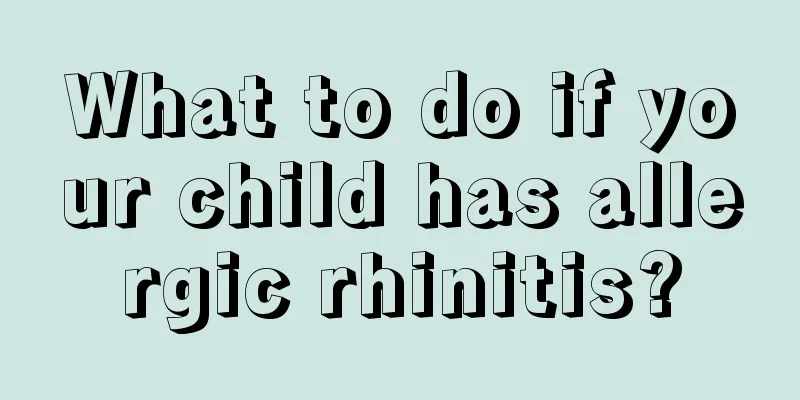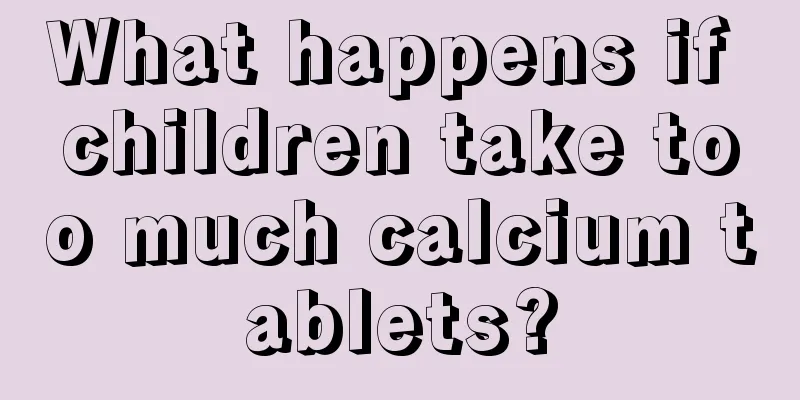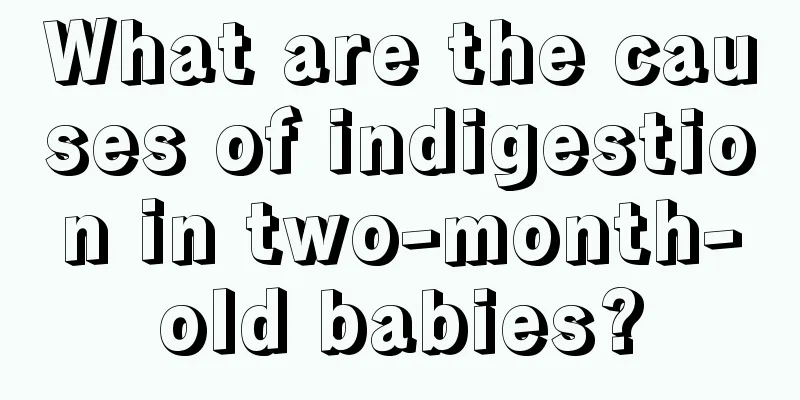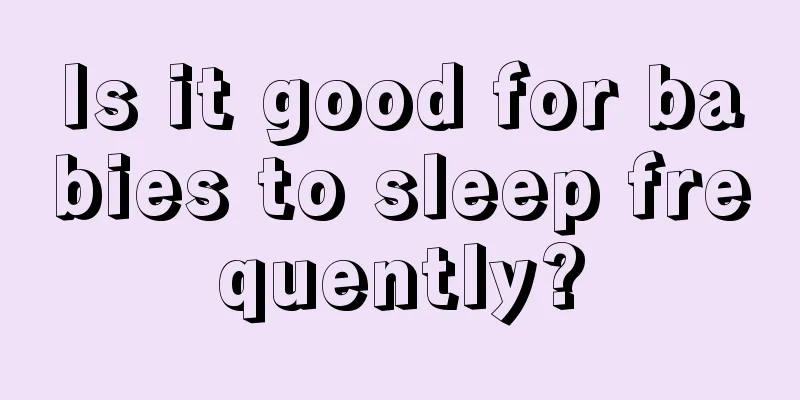What to do if your child has allergic rhinitis?

|
Children are not yet fully developed and have relatively poor resistance, so they are very susceptible to diseases, especially in cold and dry seasons. Allergic rhinitis is a disease with a relatively high incidence rate. Most parents do not understand their children's allergic rhinitis, which causes them to think that their children have a cold when they have nasal congestion and sneezing, which results in the best treatment time being delayed. Symptoms of allergic rhinitis in babies The symptoms and signs of allergic rhinitis in young children vary greatly and are often atypical. Common symptoms of allergic rhinitis in children include: itchy nose (children often rub their noses), alternating nasal congestion (dry and sore throat caused by mouth breathing), sneezing (usually sudden and severe), runny nose (mostly clear water, or purulent when infected), nasal congestion (decreased or absent sense of smell), dizziness, headache, stuffy ears, red and itchy eyes, and tearing (dark circles under the eyes are caused by frequent rubbing of the eyes). The main characteristics of allergic rhinitis in infants are paroxysmal sneezing, large amounts of clear watery nasal discharge, nasal itching and nasal congestion. Symptoms: 1. Itchy nose (frequent rubbing of the nose), runny nose (mostly watery runny nose, and purulent runny nose when combined with infection), alternating nasal congestion (dry and sore throat caused by mouth breathing). 2. Nasal congestion, stuffy ears, dizziness and headache. 3. Sneezing (usually sudden and violent). 4. Red, itchy and tearful eyes. 5. Dark circles under the eyes. 6. Decreased or absent sense of smell. 7. Due to frequent rubbing, children develop transverse allergic wrinkles on the tip of the nose and under the nasal bridge. Causes of allergic rhinitis in infants Exposure to allergens in life: The cause of seasonal attacks of allergic rhinitis is also the stimulation of allergens in the environment. Pollen, indoor dust, fungi, animal dander and feathers, house dust mites, etc. are allergens of allergic rhinitis; as well as foods such as milk, fish, shrimp, beef, and mutton, which can easily induce allergic rhinitis. Suffering from asthma: Children with a family history of asthma or allergic rhinitis have a 2-6 times higher risk of developing allergic rhinitis and a 3-4 times higher risk of developing asthma than the general population. Most children develop rhinitis first and then asthma; a small number of children have asthma first and then rhinitis; or both occur at the same time. It can be seen that there is a significant correlation between allergic rhinitis and asthma. Family inheritance: Babies with a family history of allergies have a much higher incidence rate than normal babies and are prone to allergic rhinitis. This kind of inheritance is not hereditary allergic rhinitis, but hereditary allergic constitution. How to treat allergic rhinitis in infants If you have allergic rhinitis, you should go to the hospital for examination and treatment as soon as possible. Since this is a common disease, it is now being studied all over the world and great results have been achieved. During the examination, the first thing to do is to find out what the baby is allergic to, which is medically called allergens. If contact with allergens can be avoided, the baby will naturally not get sick, such as fish, shrimp, eggs in food; but allergens in the air are difficult to avoid, so desensitization therapy can be used. Of course there are many types of drug treatments. There are many methods for treating allergic rhinitis. The treatment effects vary from person to person, but some treatments are very effective. There are two types of desensitization therapies for treating allergic rhinitis, one is specific desensitization and the other is nonspecific desensitization therapy. Specific desensitization therapy is to purify various allergens and make them into injections. After performing skin tests on patients to find out the allergic substances, these allergic substances are used for desensitization treatment. Nonspecific desensitization therapy is a desensitization therapy using histamine. The patient is first given a skin test with different concentrations of histamine to find the lowest drug reaction concentration, and then desensitization therapy is performed. The former method is specific and has good therapeutic effect, while the latter method has poorer efficacy. |
<<: Does your child have allergic rhinitis?
>>: Symptoms of mildly mentally retarded children
Recommend
How to care for a one-month-old newborn
The body of a newborn baby under one month is ver...
What are the dangers of children eating French fries?
Many children like to eat French fries very much....
What should I do if my four-year-old baby has cavities?
Many children around four years old have black te...
What should I do if my child has small eyes? Follow the experts’ advice
In people's common thinking, the bigger the e...
Do children need to take anthelmintics?
Experienced parents know that they should give th...
Bacterial conjunctivitis in children
The occurrence of bacterial conjunctivitis in chi...
What should I do if my child’s throat is always inflamed?
Talking too much and the weather getting cold can...
How to deal with redness of the vulva of a baby girl
If parents are not careful in care, the baby girl...
Baby Chinese Medicine Massage
There are many treatment methods in Traditional C...
What to do if you are allergic to egg yolk
Eggs can be said to be a treasure trove of protei...
What to do if a three-year-old baby has diarrhea
Parents certainly hope that their babies can grow...
What to do if your newborn has intestinal malformations
Everyone hopes that their children are particular...
Why are children's legs not straight?
Parents are more worried that their children may ...
Recipes for how to make children grow taller
When it comes to height increase, many parents wi...
Reasons for newborn fussiness
After the child is born, since every baby has dif...









